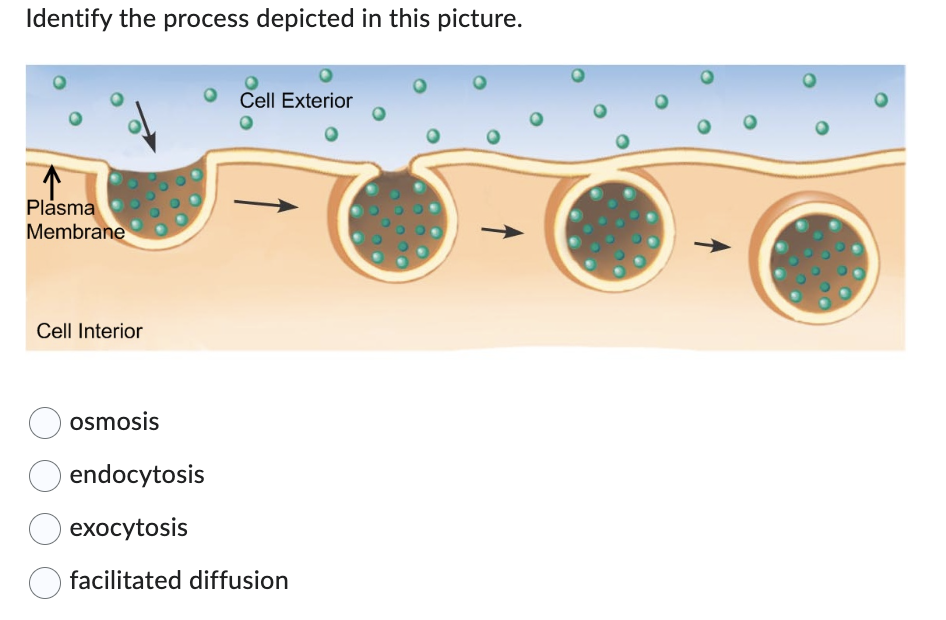
Within the intricate realm of cellular biology, two fundamental processes, endocytosis and exocytosis, play pivotal roles in maintaining cellular homeostasis, communication, and nutrient acquisition. While both processes involve the movement of substances across the cell membrane, they differ in their direction and the nature of the materials transported.
Endocytosis: The Art of Cellular Intake
Endocytosis, meaning “into the cell,” encompasses a diverse array of mechanisms by which cells engulf substances from their external environment. These mechanisms can be broadly categorized into three main types: phagocytosis, pinocytosis, and receptor-mediated endocytosis.
Phagocytosis: Engulfing Large Particles
Phagocytosis, primarily employed by specialized immune cells, involves the engulfment of large particles, such as bacteria, dead cells, and cellular debris. These particles are enveloped by extensions of the cell membrane, forming a vesicle, which is then internalized into the cell.
Pinocytosis: Ingesting Liquid and Small Molecules
Pinocytosis, meaning “cell drinking,” is a more general process that involves the uptake of liquid and small molecules from the extracellular space. This process is characterized by the formation of small membrane-bound vesicles that pinch off from the cell membrane, internalizing their contents into the cell.
Receptor-Mediated Endocytosis: A Selective Approach
Receptor-mediated endocytosis is a highly selective process that targets specific molecules for internalization. This process involves the binding of molecules to specific receptors on the cell surface, triggering the formation of coated vesicles that are internalized into the cell.
Exocytosis: Releasing Cellular Contents
Exocytosis, meaning “out of the cell,” stands in contrast to endocytosis, representing the process by which cells release substances from their internal environment to the extracellular space. This process plays a crucial role in releasing hormones, neurotransmitters, and other signaling molecules, as well as eliminating cellular waste products.
The Mechanism of Exocytosis
Exocytosis involves the fusion of vesicles, containing the substances to be released, with the cell membrane. This fusion process allows the contents of the vesicles to be released into the extracellular space.
The Significance of Exocytosis
Exocytosis is essential for various cellular functions, including cell communication, nutrient secretion, and waste removal. It also plays a critical role in processes such as hormone release, neurotransmitter signaling, and immune responses.
A Comparative Glance: Endocytosis vs. Exocytosis
| Feature | Endocytosis | Exocytosis |
|---|---|---|
| Direction | Into the cell | Out of the cell |
| Materials transported | Molecules, particles | Molecules, vesicles |
| Function | Nutrient acquisition, immune response | Cell communication, waste removal |
| Examples | Phagocytosis, pinocytosis, receptor-mediated endocytosis | Hormone release, neurotransmitter signaling, waste removal |
Conclusion: Cellular Dance of Ingestion and Egestion
Endocytosis and exocytosis are fundamental processes that orchestrate the movement of substances across the cell membrane, playing vital roles in maintaining cellular homeostasis, communication, and nutrient acquisition. Understanding these processes provides valuable insights into the intricate workings of cells and their interactions with the external environment.